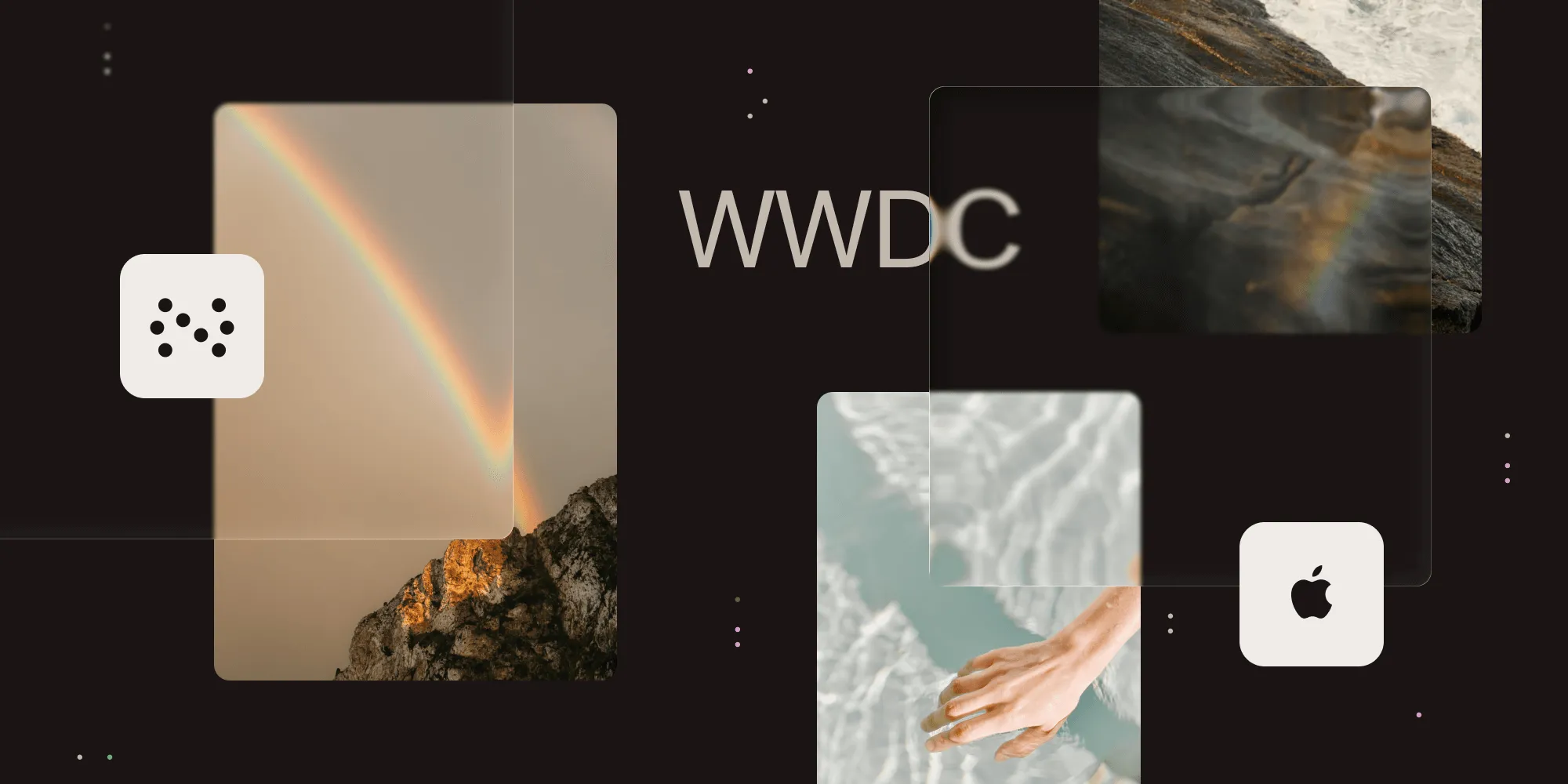The evolution of the document: Fusing the old with the new
Table of contents

With digital technology transforming virtually every aspect of our lives, the holy document has not been left untouched. Today’s document landscape is evolving quickly from static, standalone file formats like PDF and Word files toward an expectation and adoption of tools that offer a more interactive, dynamic, and collaborative experience. Despite this shift, the underpinning support for and ubiquitous nature of these traditional file formats continues to ensure their immense importance. Let’s delve into why this is the case.
The advent of dynamic and interactive document experiences
I still remember the first time I collaborated with my co-founder Peter Steinberger on a blog article he was writing in 2014. Two years later, I was editing our website copy with my other co-founder Martin Schürrer via Nutrient’s Instant technology that he had led us to build, allowing seamless real-time collaboration on PDFs. They were in Vienna, Austria, and I was sitting at home in Raleigh, North Carolina, USA.
Not only does this not feel novel today; it actually feels like the old way is just that: old. Today’s technological advancements have made static document types seem almost obsolete. Platforms like Google Docs, collaborative software like Notion and Coda, and enterprise document software development kits like Nutrient not only allow us to work simultaneously on the same document, but they also provide the ability for every person, developer, and app to create interactive collaborative experiences.
These platforms offer dynamic document handling and creation, where one can embed interactive charts, videos, and even live data feeds to make a document more engaging. This shift toward more dynamic, interactive, and accessible document experiences is not only changing how we perceive documents, but also how we interact with them and what our expectations are for what’s possible with them.
However, as we embrace this new wave of document dynamism with interactivity, AI-powered tools, and collaboration, it remains ever crucial to maintain backward compatibility and support for traditional document file types. Digital documents have been being created now for almost a half of a century, and they’ve been made in the standard formats for 30 years (PDF) and 40 years (Microsoft Word), respectively. There have been a ton of documents created in that time span, and if we hope to not repeat another burning of the Library of Alexandria, support through conversion and remediation of those documents created in the dark ages will remain crucial.
Why support for traditional file types remains critical
Despite the allure of dynamic, interactive document experiences, traditional document file types like PDF and Word documents still carry their unique importance.
- Universality: PDFs are recognized and readable on almost any device, maintaining their formatting and appearance regardless of where they’re viewed. This universality isn’t yet fully achievable with dynamic documents, especially those incorporating interactive or real-time elements, partially due to fragmentation of options and lack of adoption, including new PDF standards.
- Security: PDF and Word files provide a level of security and permanence that dynamic documents often can’t. They can be password protected, encrypted, and digitally signed, and they can have set permissions for editing. This is a significant factor when sharing legal documents, contracts, or formal reports.
- Simplicity: At this point in time, not every document interaction requires or benefits from interactivity or real-time collaboration. In many scenarios, a simple PDF or Word document is the most effective and straightforward choice.
As we transition toward a world of dynamic document experiences and interact with generations who may not even be familiar with PDF or DOC files, the ongoing support for these traditional file types becomes more than just a nod to legacy — it’s a practical necessity.
The symbiosis of old and new in document experiences
The future of the document likely lies in a fusion of dynamic, interactive documents and traditional file types. Imagine a document allowing real-time collaboration, AI-powered personalization, and the embedding of dynamic content but that can be locked into a non-editable, universal format once finalized. This would essentially bridge the gap between static and interactive document experiences, bringing the best of both worlds to the fore. There are already companies working on creating this future — including Nutrient — by crafting toolkits and making such technology easily available for the people who build these experiences to leverage.
Supporting traditional document types while pioneering new document experiences is crucial. It offers both flexibility and stability — the freedom to create dynamic, interactive experiences without abandoning the universality and security of formats like PDF and Word.
As we move toward more interactive, dynamic, more powerful, and collaborative document experiences, the necessity to support traditional file types in the background remains paramount. By integrating the new with the old, we can strive for a document future that is not only innovative, but also inclusive and accessible to the coming generations. The evolution isn’t about discarding the old; it’s about harmoniously incorporating it into the new. The future of the document is an incredibly challenging and meaningful mountain to climb, with near infinite possibilities to impact the future of our world.







